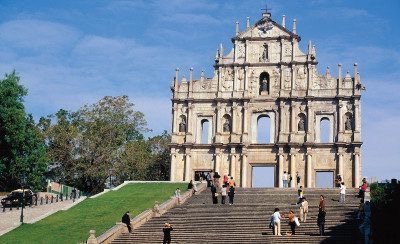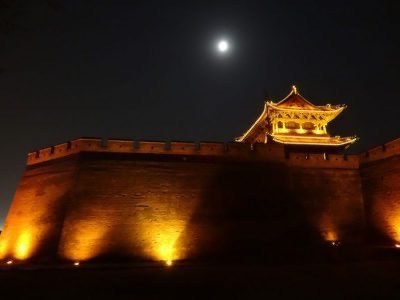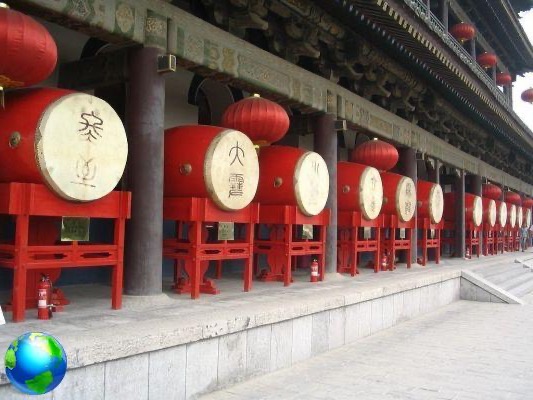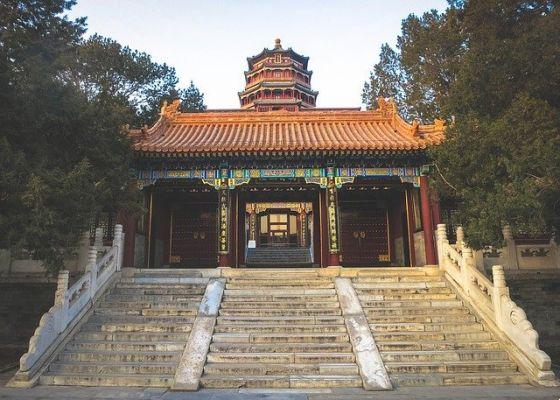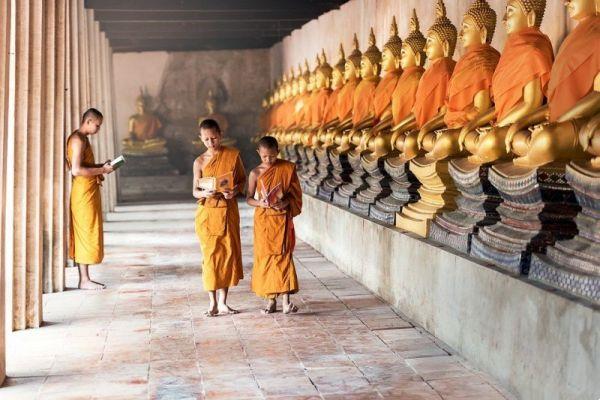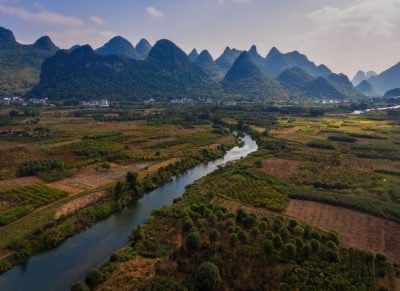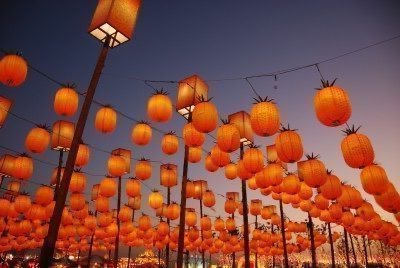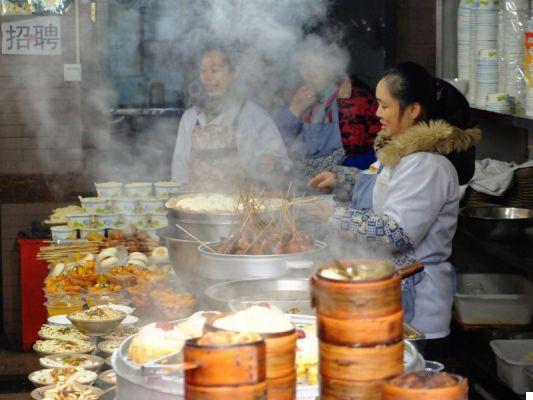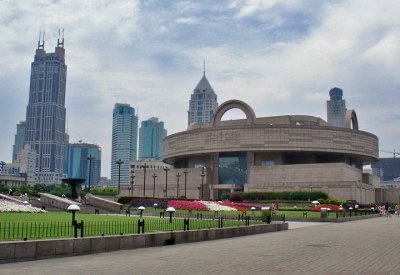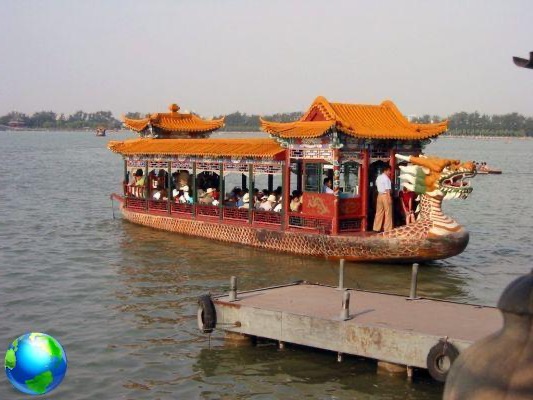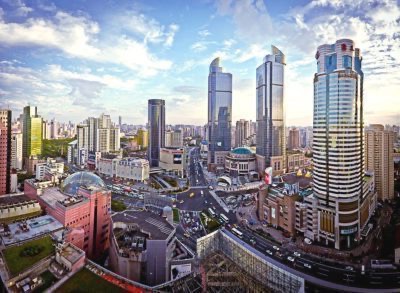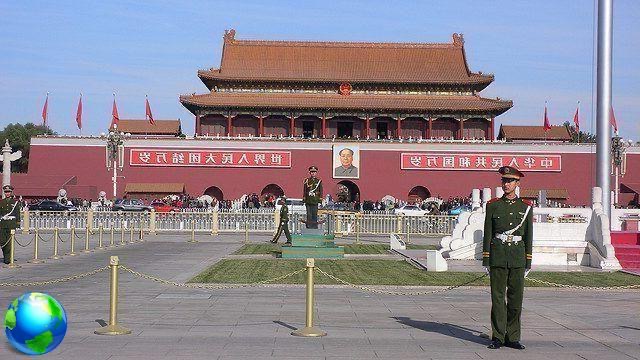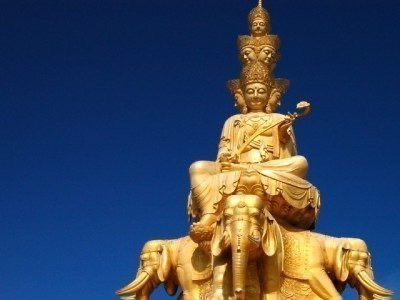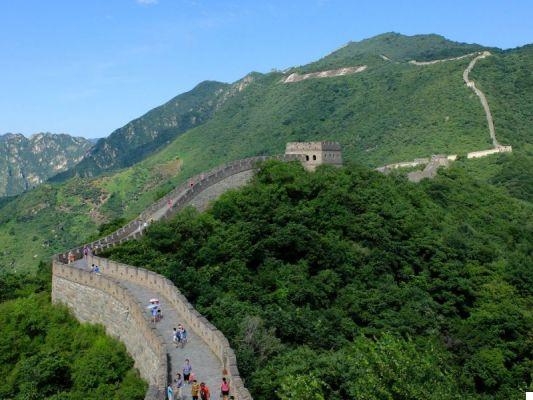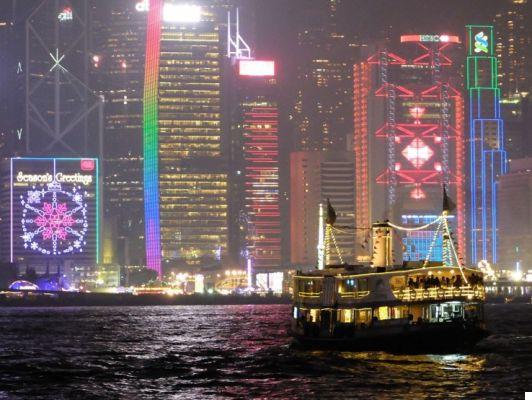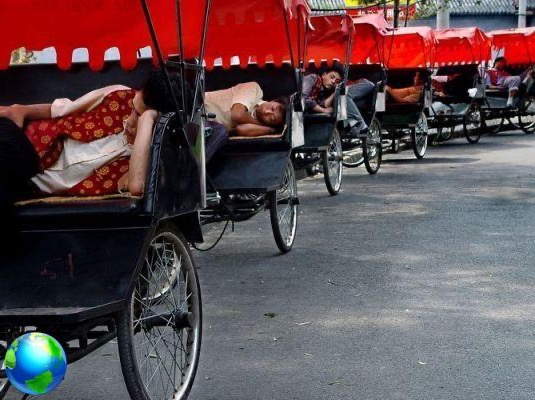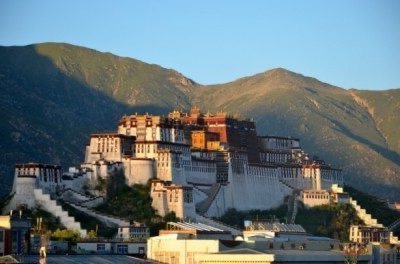
Il Tibet it is located on a plateau and all around mountain ranges. Most of Tibet except the southeast is a desert steppe and tundra, so in general the weather here is cold and dry. Most of Tibet freezes for 6 months a year, and the higher lakes are always frozen except from October to March. The weather varies a lot from region to region, and Lhasa (3490 meters) is ideal for tourists because it is in a lower valley and is in the hottest and wettest part. Lhasa has only the 68% oxygen and altitude sickness is a problem for most visitors.
Most of the territory has a dry and cold climate, the annual rainfall of Lhasa they are higher, about 500 millimeters. January is the driest and coldest month at -9 ° C, without snow. A monsoon it hits Tibet from June to September. August is the wettest month, with 120 mm in Lhasa. The Lhasa Valley gets 3.000 hours of sunshine per year. In summer Lhasa ranges from 10 ° C to 23 ° C. The hottest month is June with an average high temperature of 23 ° C.
La spring runs from March to May. In May, the ice begins to melt, and people can start traveling to higher areas or other valleys. In Lhasa, average temperatures are high by around 16 ° C. In summer, from June to August it is usually cool and dry. It rains from time to time. The summer rainy season is regarded as the best time of the year as it rains mostly at night and Lhasa is still full of sunshine during the day.
THEautunno runs from September to November. The climate is cold with lows at the lowest altitudes -4 ° C. Thewinter it is from December to February. Around Lhasa, the average low temperature, around -9 ° C at night, but there can be hot spells too. Dry high altitude air makes you feel warmer than temperature. Winter is considered the low tourist season, so hotel and tour rates are less expensive than usual. Getting train tickets to Lhasa is also much easier than in the summer.




